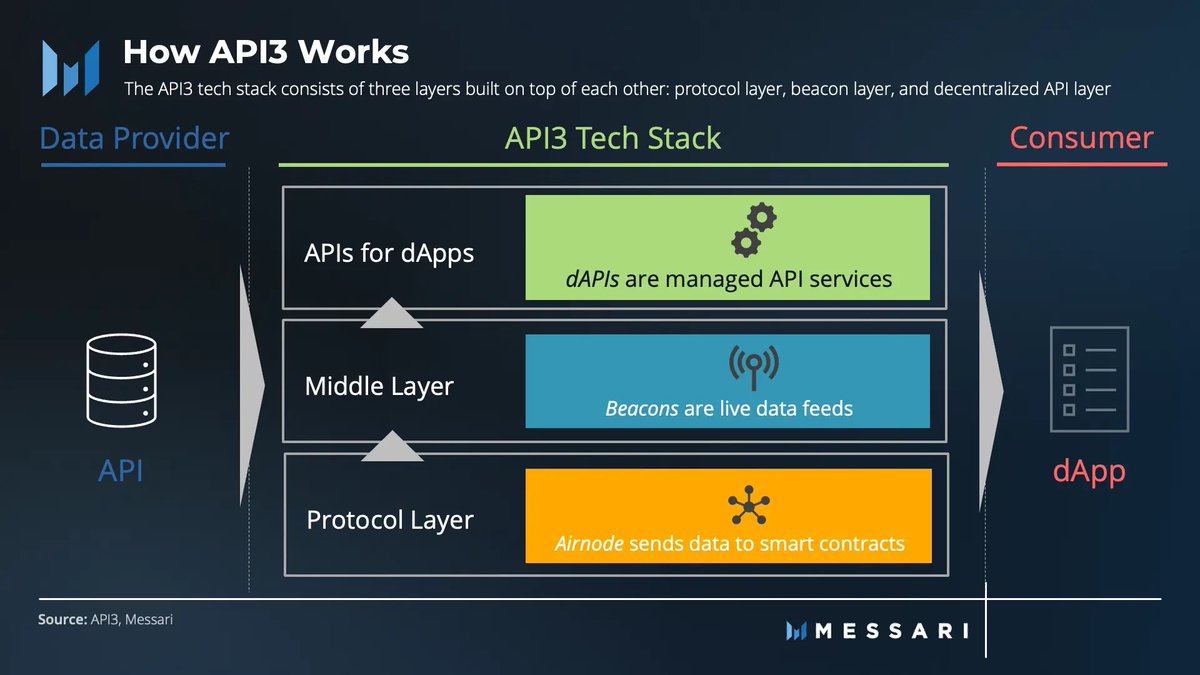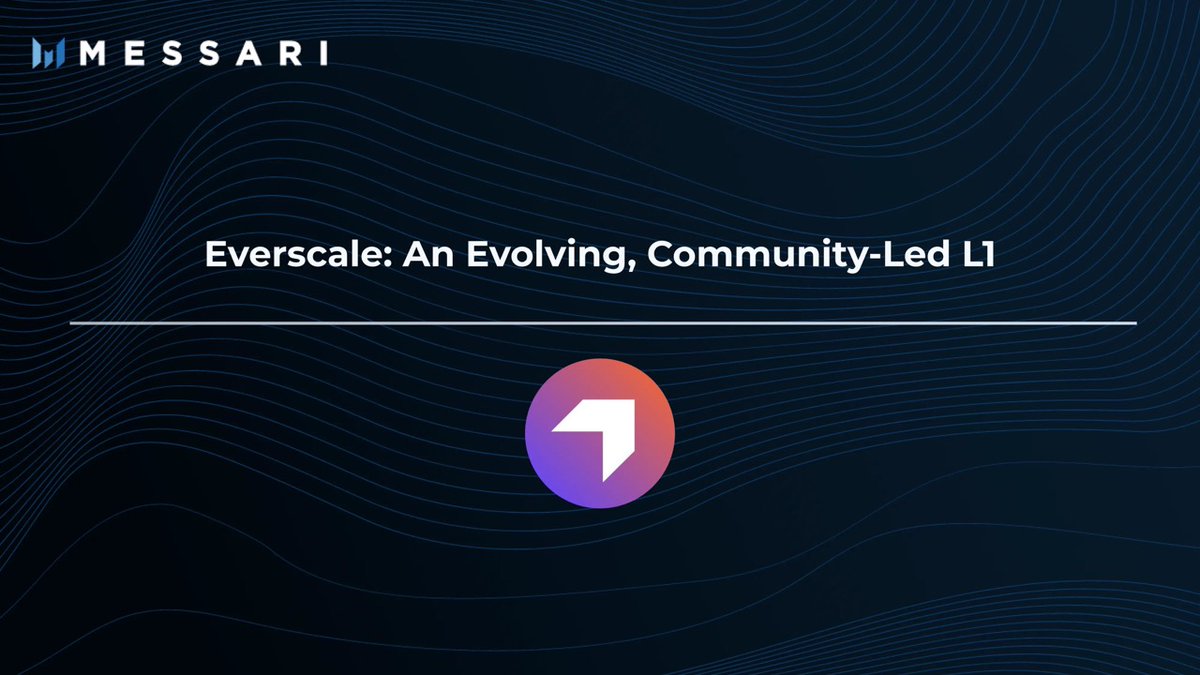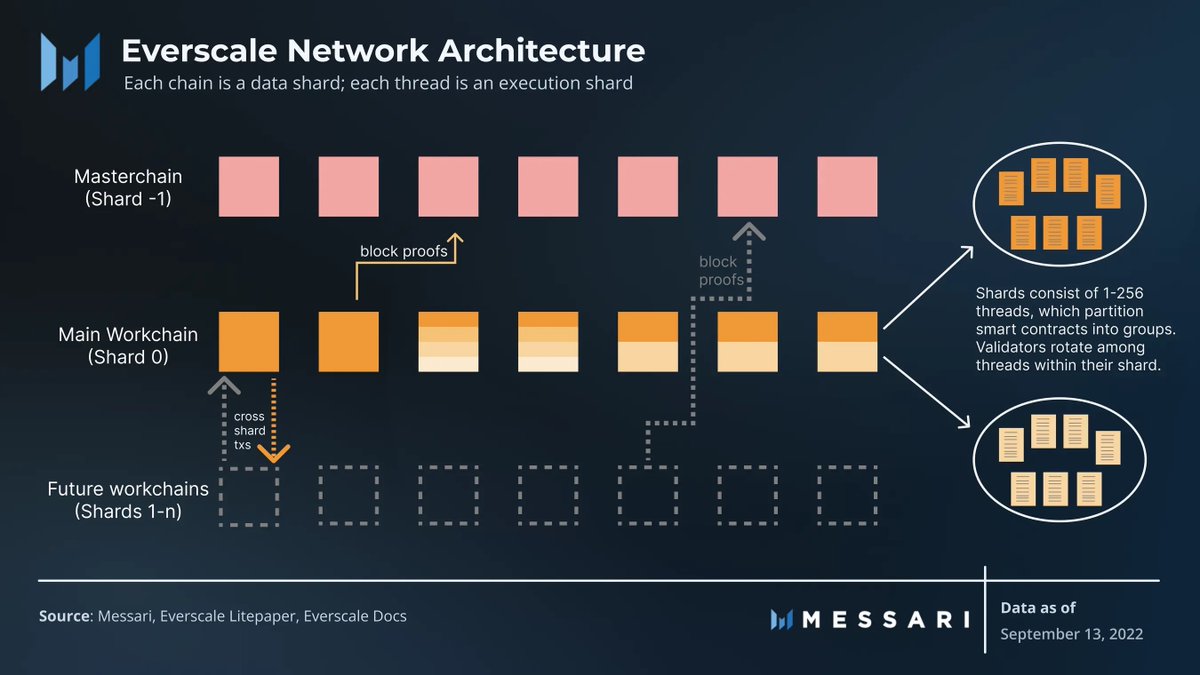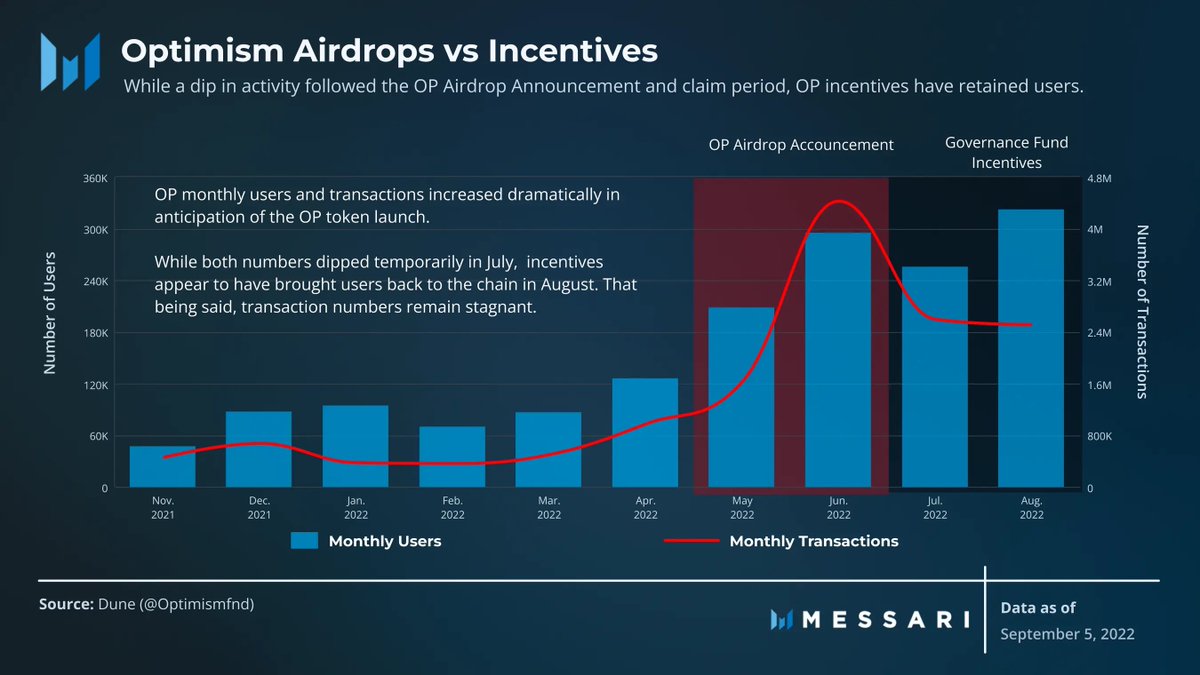
1/ After the 🤯 moments that happened at Mainnet last year, surely you're not going to miss #Mainnet2022?!
Let's reminisce... 🧵
And grab a ticket👉 mainnet.events/page/2090722/r…
Let's reminisce... 🧵
And grab a ticket👉 mainnet.events/page/2090722/r…
2/ The talk of the conf last year...
Do Kwon, Co-Founder of recently defunct Terra, got served by the SEC. And that wasn't the end of that story... 😵💫
Do Kwon, Co-Founder of recently defunct Terra, got served by the SEC. And that wasn't the end of that story... 😵💫
https://twitter.com/gogoslava/status/1439972015910408195
3/ Then @twobitidiot got on stage and announced his run for Senate in 2024.
Maybe it'll be President this year? Jokes aside, Messari donated $250k to DC policy advocacy groups to protect crypto in the US.
Maybe it'll be President this year? Jokes aside, Messari donated $250k to DC policy advocacy groups to protect crypto in the US.
https://twitter.com/twobitidiot/status/1440774003891658763
4/ And we had an amazing lineup of speakers, some of who are back again this year!!
5/ Can't wait to see Sept 21-23 at Pier 36 in NYC for #Mainnet2022.
• • •
Missing some Tweet in this thread? You can try to
force a refresh


















